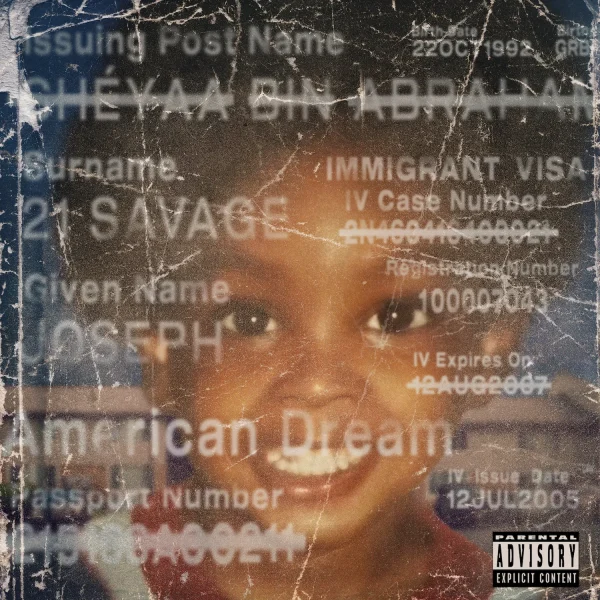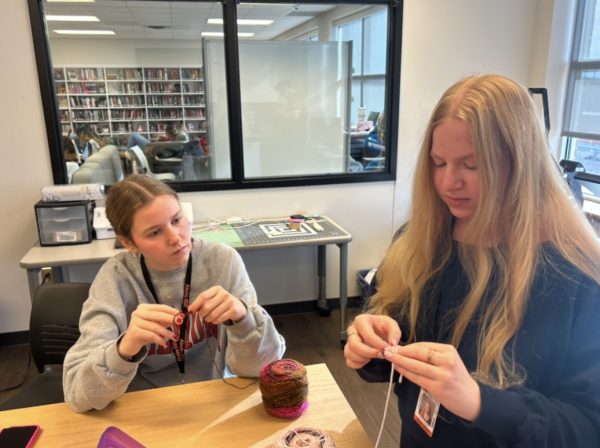Thanksgiving Vs. Truthsgiving
Over 75% of American households celebrate Thanksgiving with friends or family every year. In the past few years, a number of households have decided to adopt “Truthsgiving” instead of Thanksgiving. “Truthsgiving” is the ideology that common Thanksgiving myths should be corrected. “Truthsgiving” discourages colonized ideas about the holiday and encourages the truth, hence the name “Truthsgiving.”
“Truthsgiving” was a term coined by a Native American activist named Christine Nobiss. Nobiss came up with this term so Americans could finally understand the true events that transpired on Thanksgiving and essentially what the day is about. The problem with finding the truth behind Thanksgiving is that there are little to no resources that provide an accurate retelling of events. Most sources come from colonizers who believe that their actions are justified therefore, the retelling has bias. Additionally, the government and educational system have pushed the narrative that Thanksgiving is about being thankful and the context was that the Native Americans welcomed the Pilgrims with open arms and they had a feast together. This narrative fails to mention any context behind the feast.
The actual history behind Thanksgiving is much sadder than most have come to believe. Thanksgiving was specifically about the relationship between Wampanoag Tribe and the Pilgrims. The Wampanoag Tribe had been in the U.S for thousands of years before the Colonizers came and because of this, a handful of people in the tribe had already visited Europe and picked up the language. The Pilgrims had originally made a bad impression on the Wampanoag Tribe because they stole the tribe’s rations for the winter season.
Following this first encounter between the two groups, the Wampanoag people decided to form an alliance. The alliance only happened because the European Colonizers brought deadly diseases to the tribe and the alliance bettered the Wampanoag’s chance of survival.
In regards to Thanksgiving, one account from the time stated that the Wampanoag people weren’t invited to the feast and the only reason 90 people were sent out there was due to gunshots being heard. A few additional events to note are the first harvest where European Colonizers repaid native Americans by stealing their land and imprisoning, enslaving, and executing them, the Pequot Massacre in 1636, and the beheading of Wampanoag leader Metacom in 1676.
The rumor that the “first Thanksgiving” took place in 1621 became popular due to a piece published by Rev. Alexander Young. The piece became extremely popular in England and that spread the idea around. The nail in the coffin for the holiday was when Abraham Lincoln declared it a national holiday during the civil war and the reason he did this was that he believed that Thanksgiving promoted unity. Since then, the idea of Thanksgiving has been misconstrued and adapted so it can fit American agendas.
Over the past few years, more and more people have taken into account the true meaning of Thanksgiving. The raised awareness is all thanks to Christine Nobiss and her effort to preserve Native American history and break down whitewashed myths. While the term is still picking up traction, it is important for people to stay aware of the meaning of the holidays and events they are celebrating.













